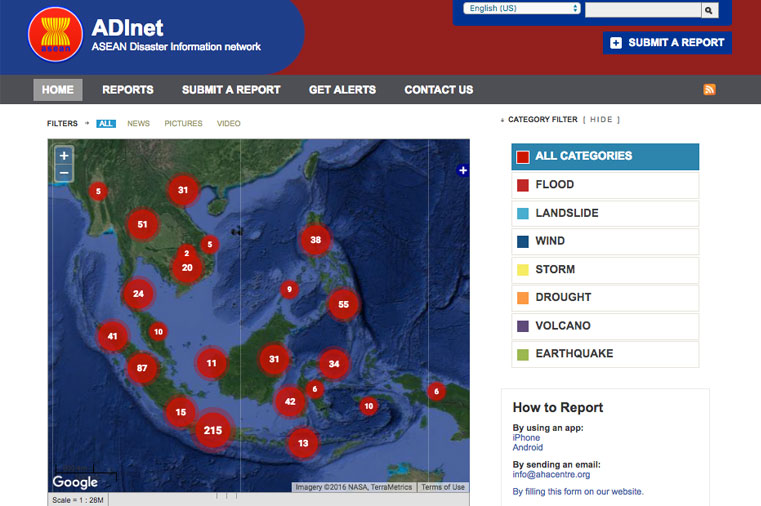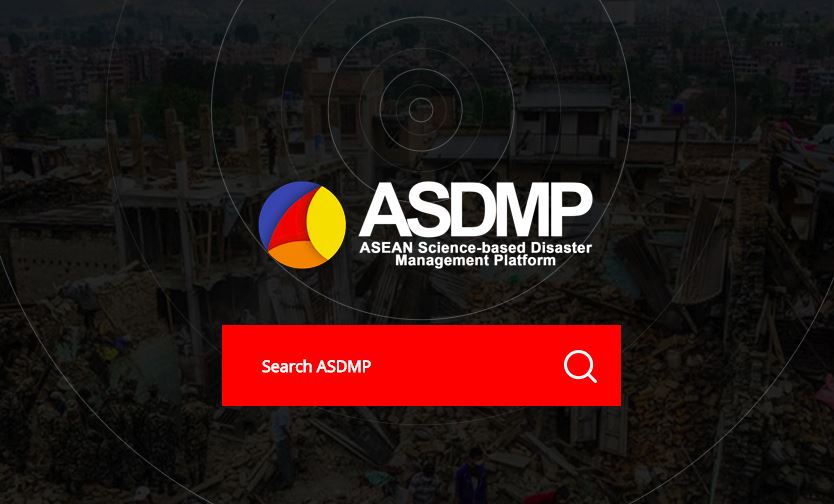One of the core strategies and pillars that translate the spirit of One ASEAN, One Response into concrete actions is to perform Risk Identification, Early Warning and Monitoring. Through these activities, the AHA Centre aims to reduce loss of life and damage to property from natural disasters through the identification of hazards and risks prior to impacts and by increasing warning time.
The AHA Centre works closely with the National Disaster Management Organisations (NDMOs) of all ten ASEAN Member States in monitoring and sharing information about hazards and disasters in the region. Additionally, the AHA Centre also closely monitor the hazards and earth observation as well as early warning releases by hydro-meteorological and geological agencies of ASEAN Member States. Information management and information dissemination may help strengthen the coordination efforts of assisting Parties when responding to potential as well as actual disasters. The AHA Centre believes that accurate information, shared in a timely manner, might help save lives during critical time. Furthermore, early identification of hazards and risks can help accelerate the activation of early warning alerts to reduce potential losses in the face of disasters. Thereby, the AHA Centre regularly monitor and updates the situation through various platforms and tools.





